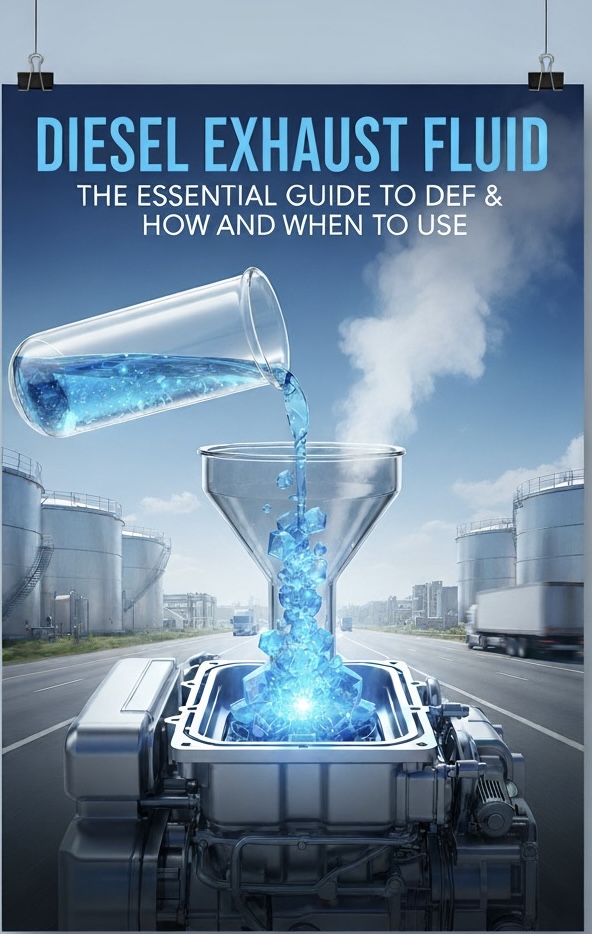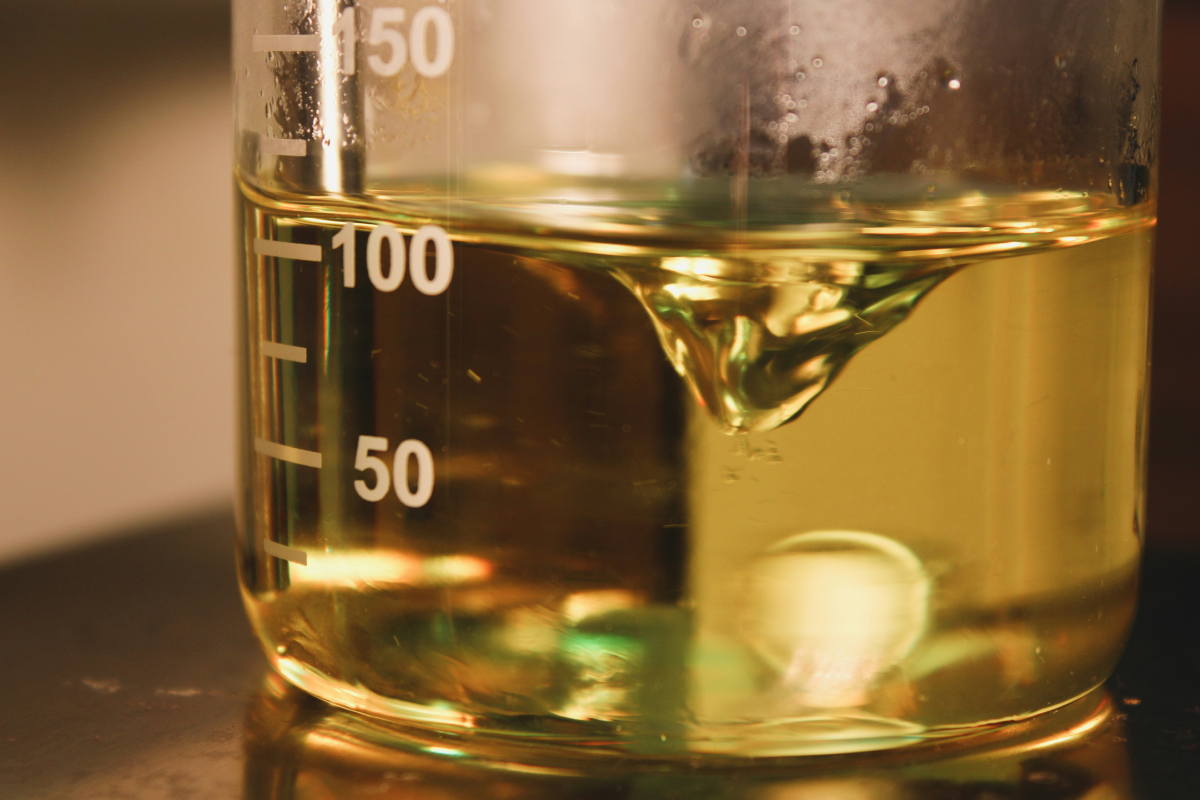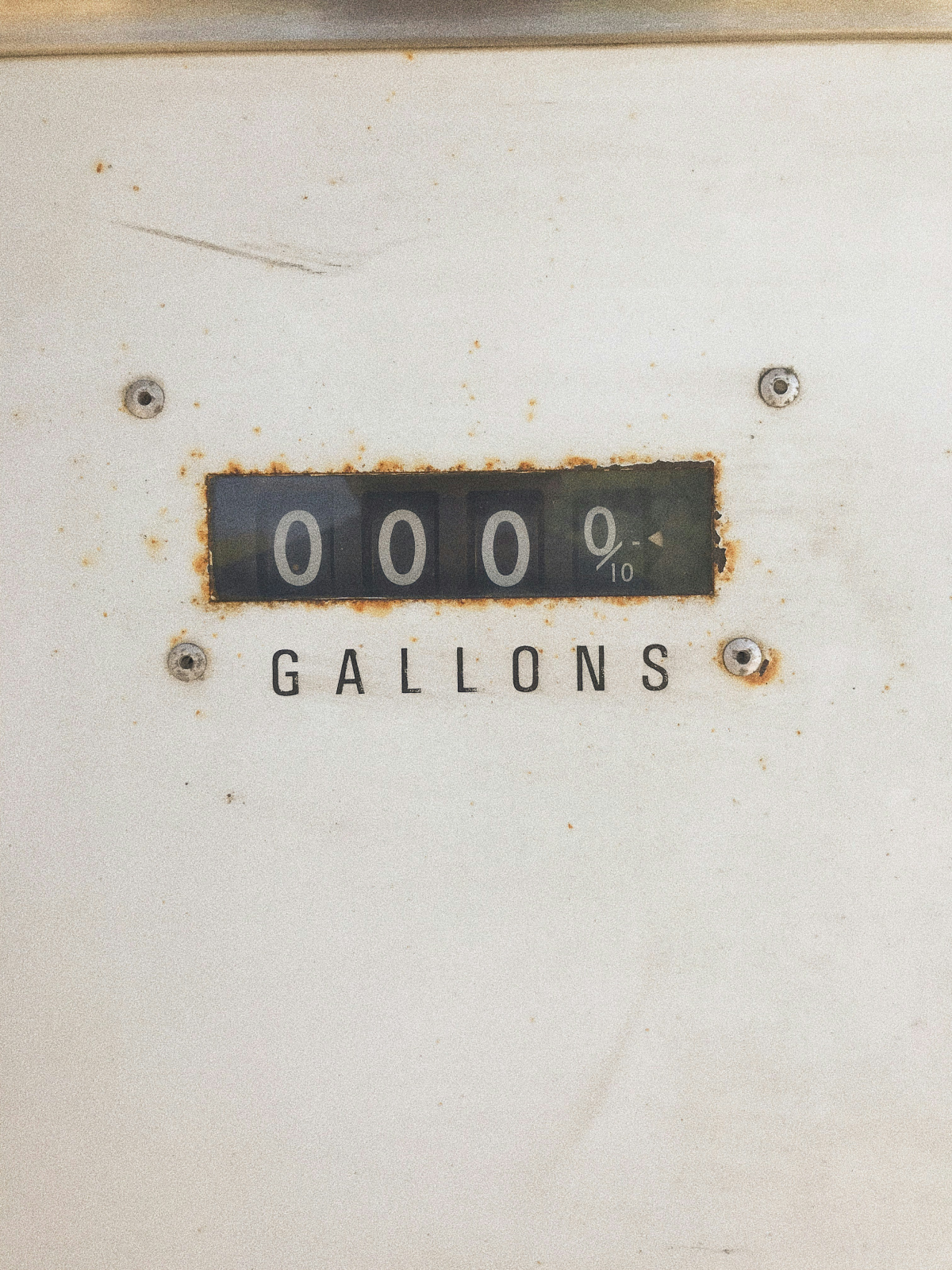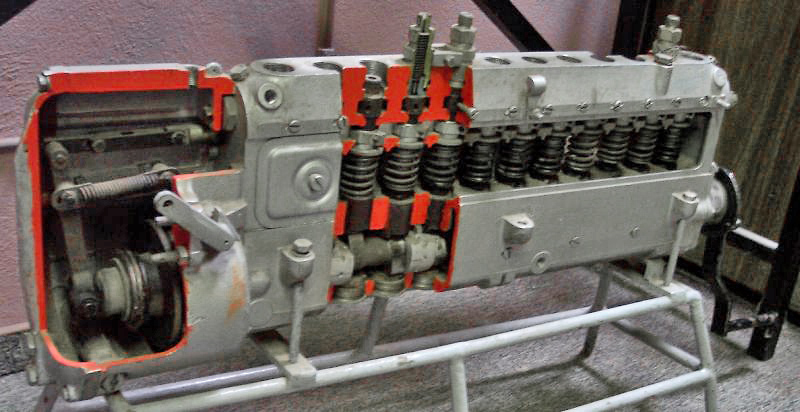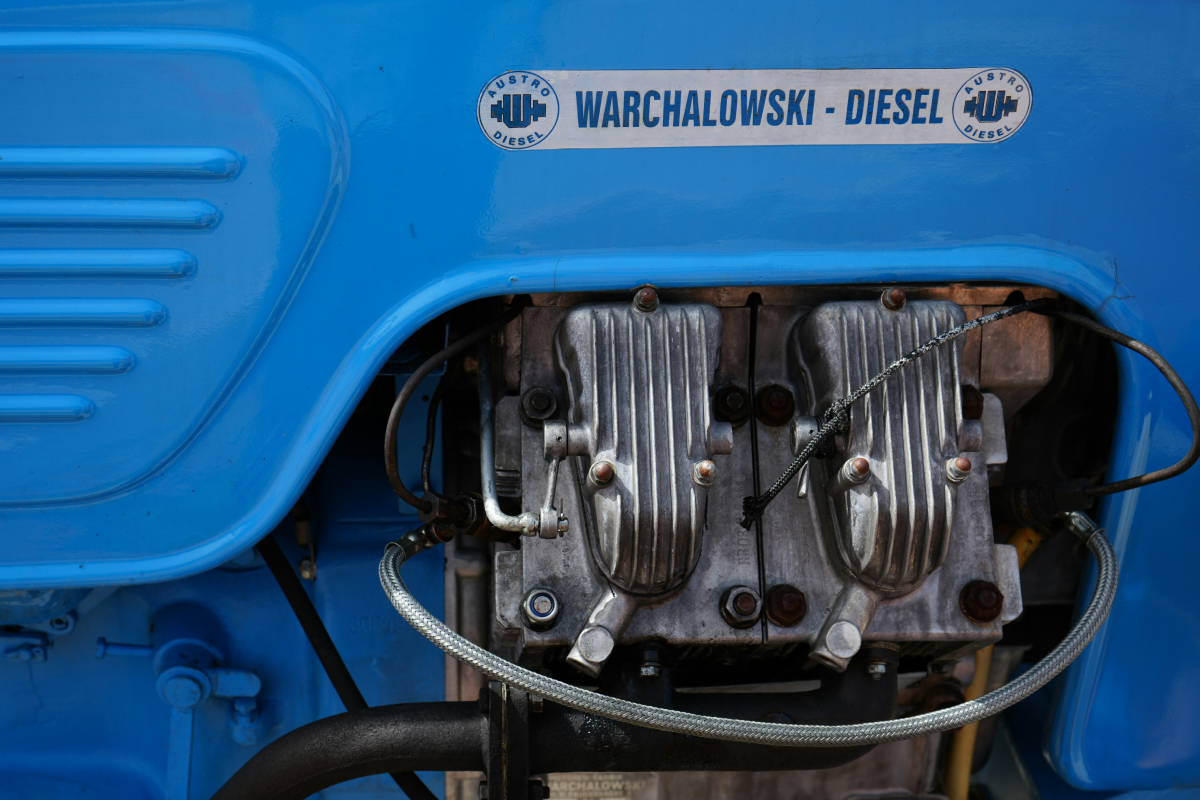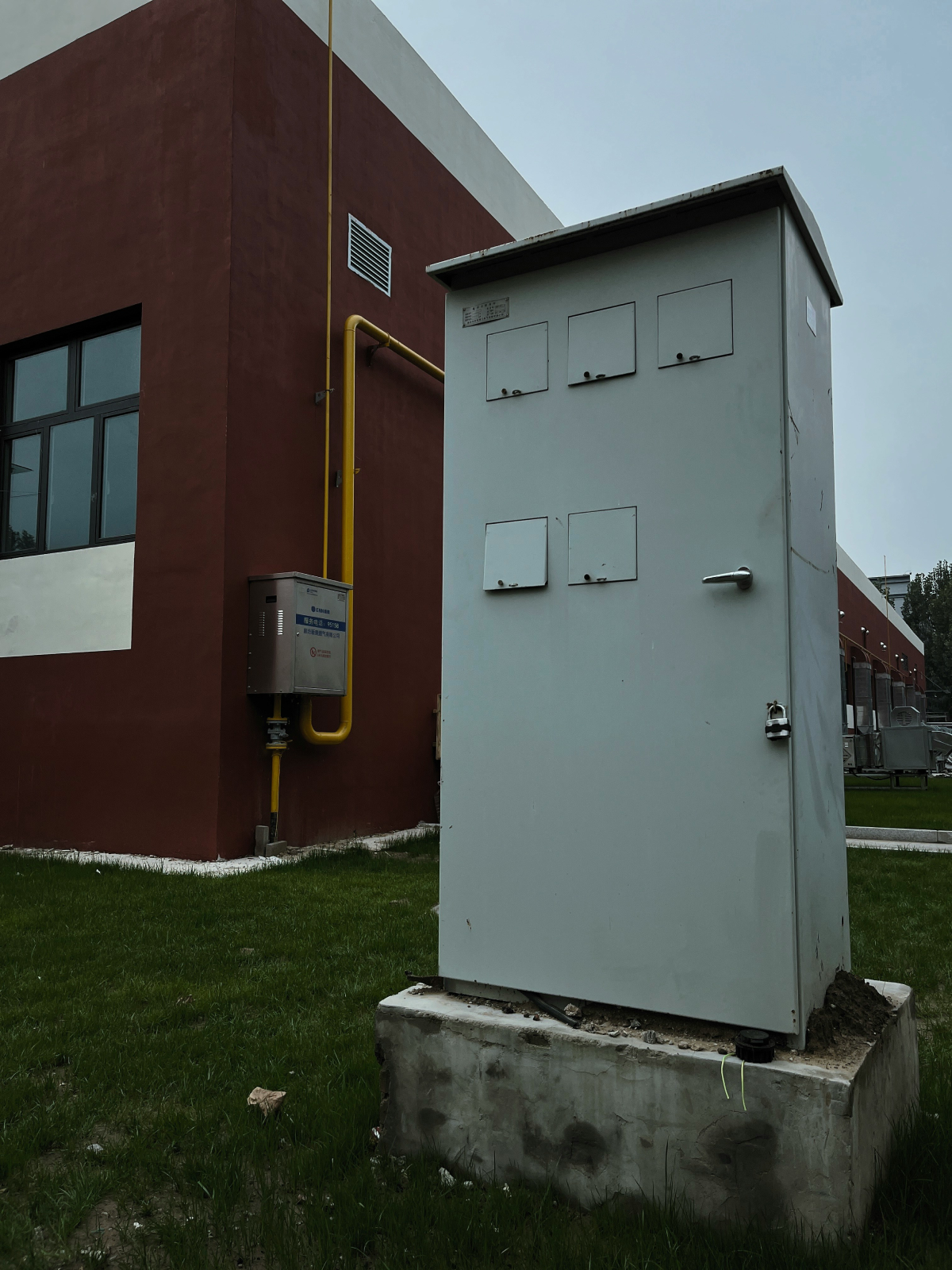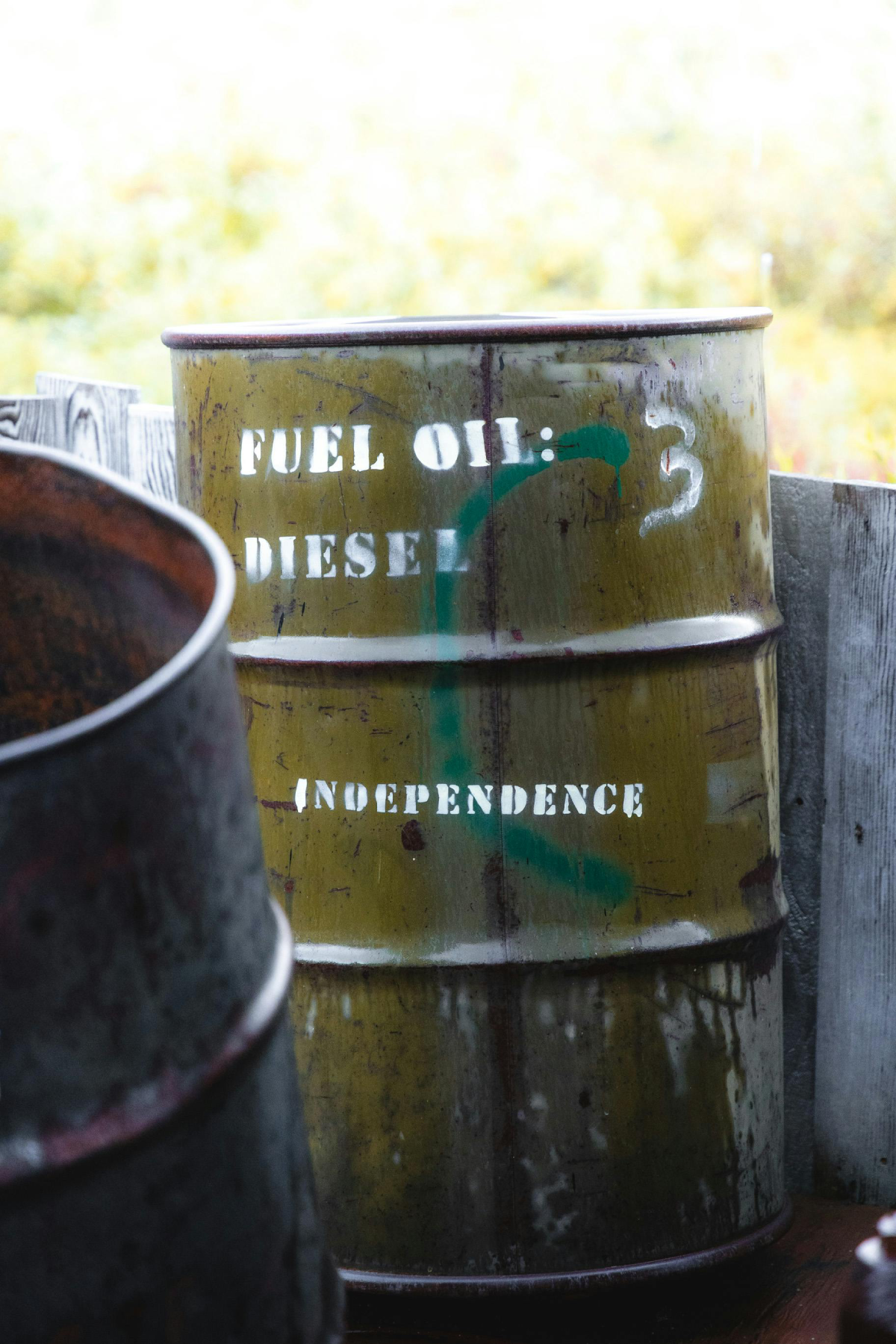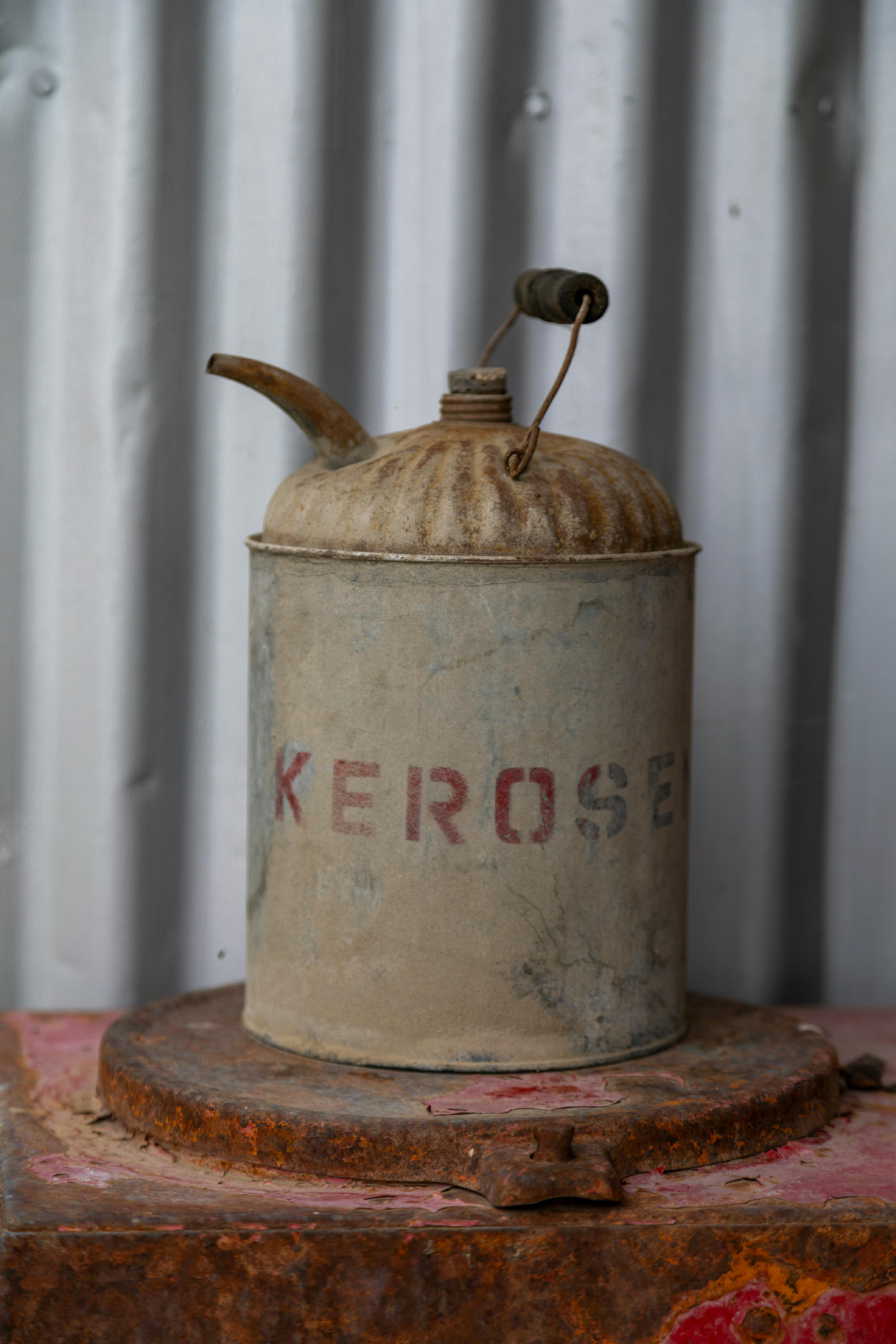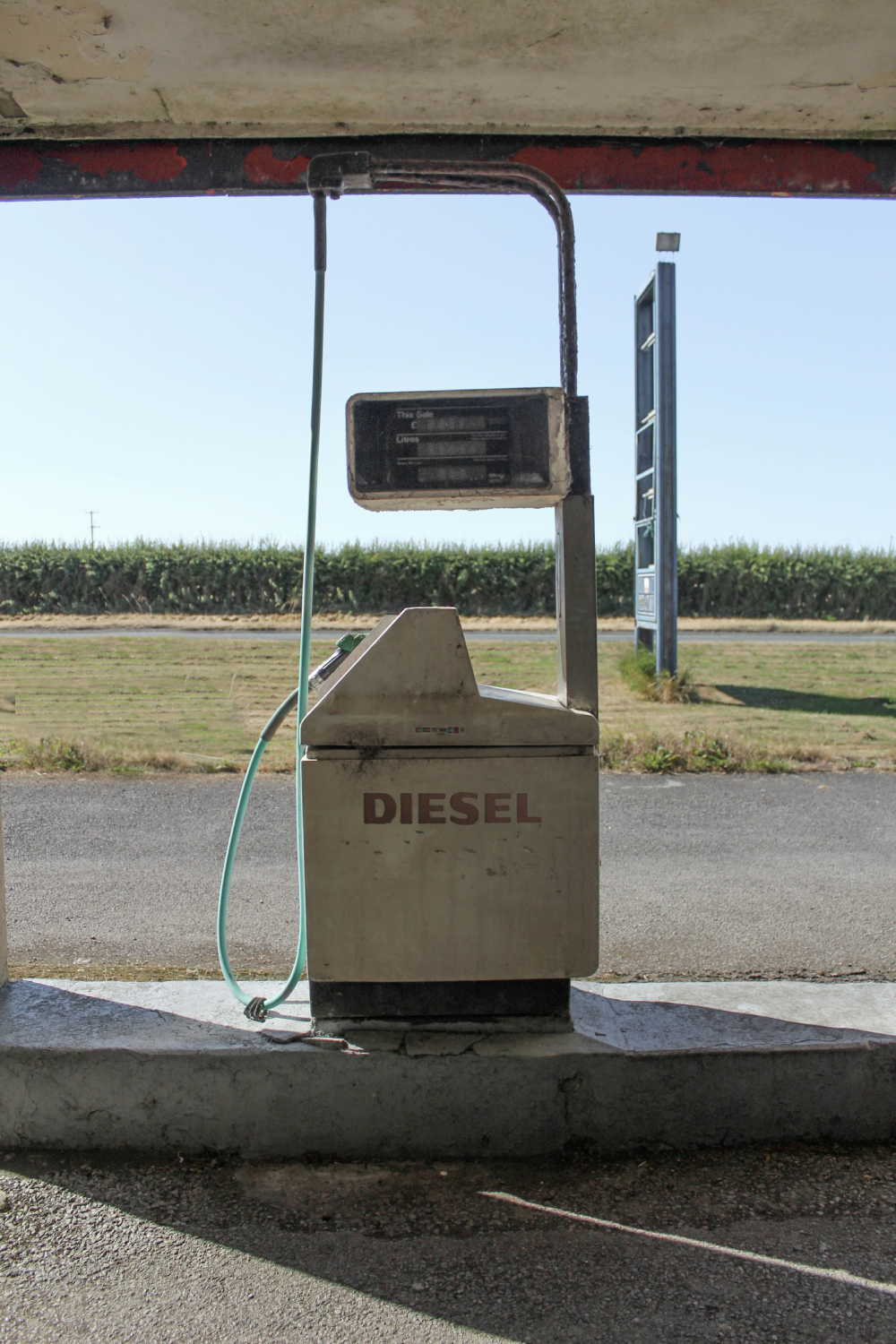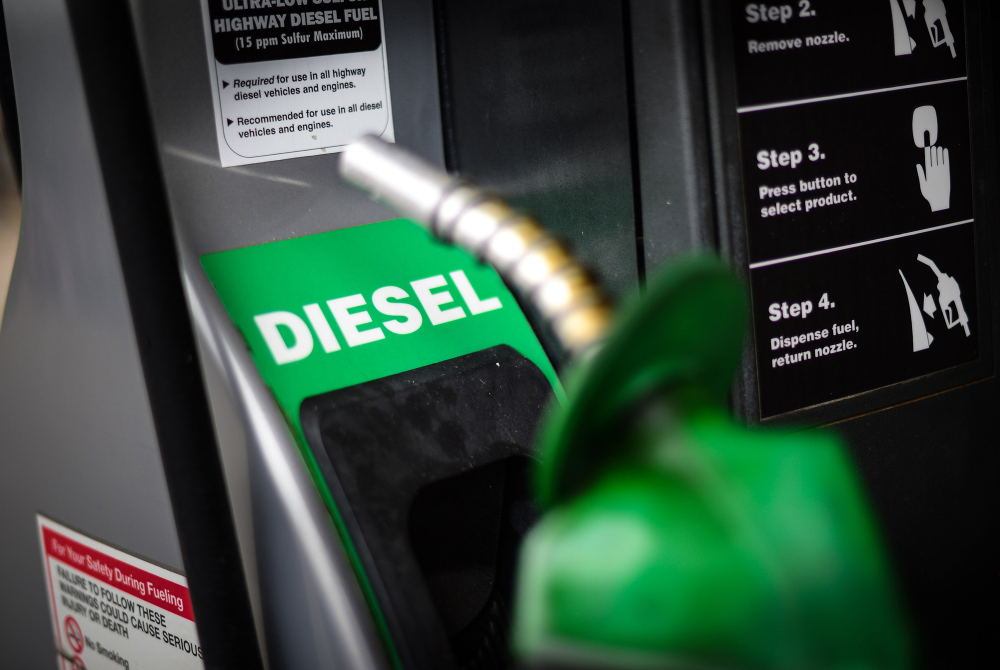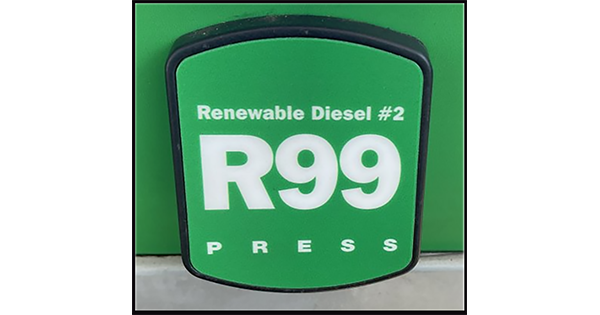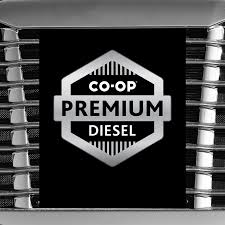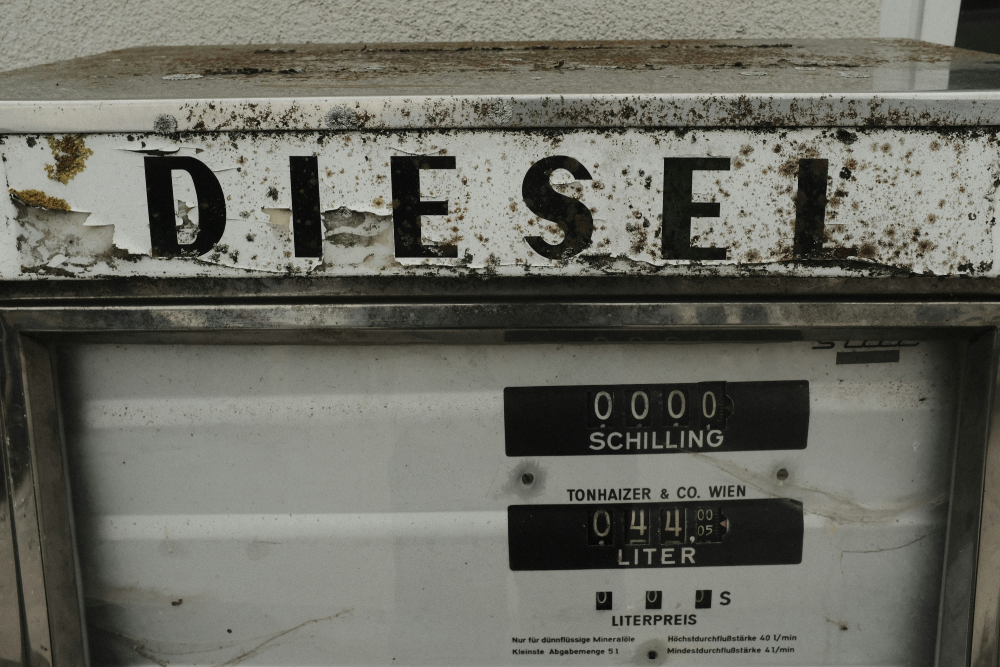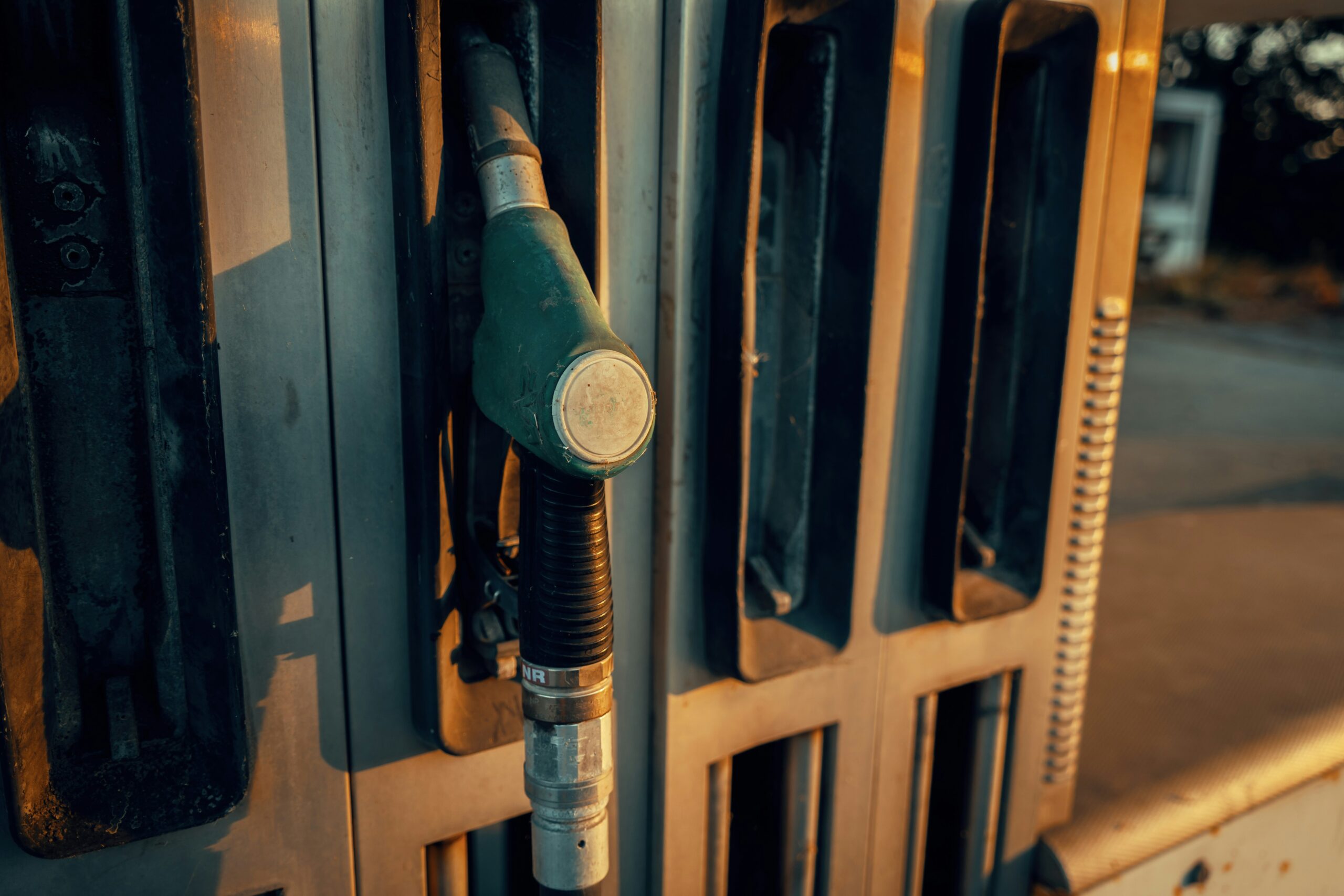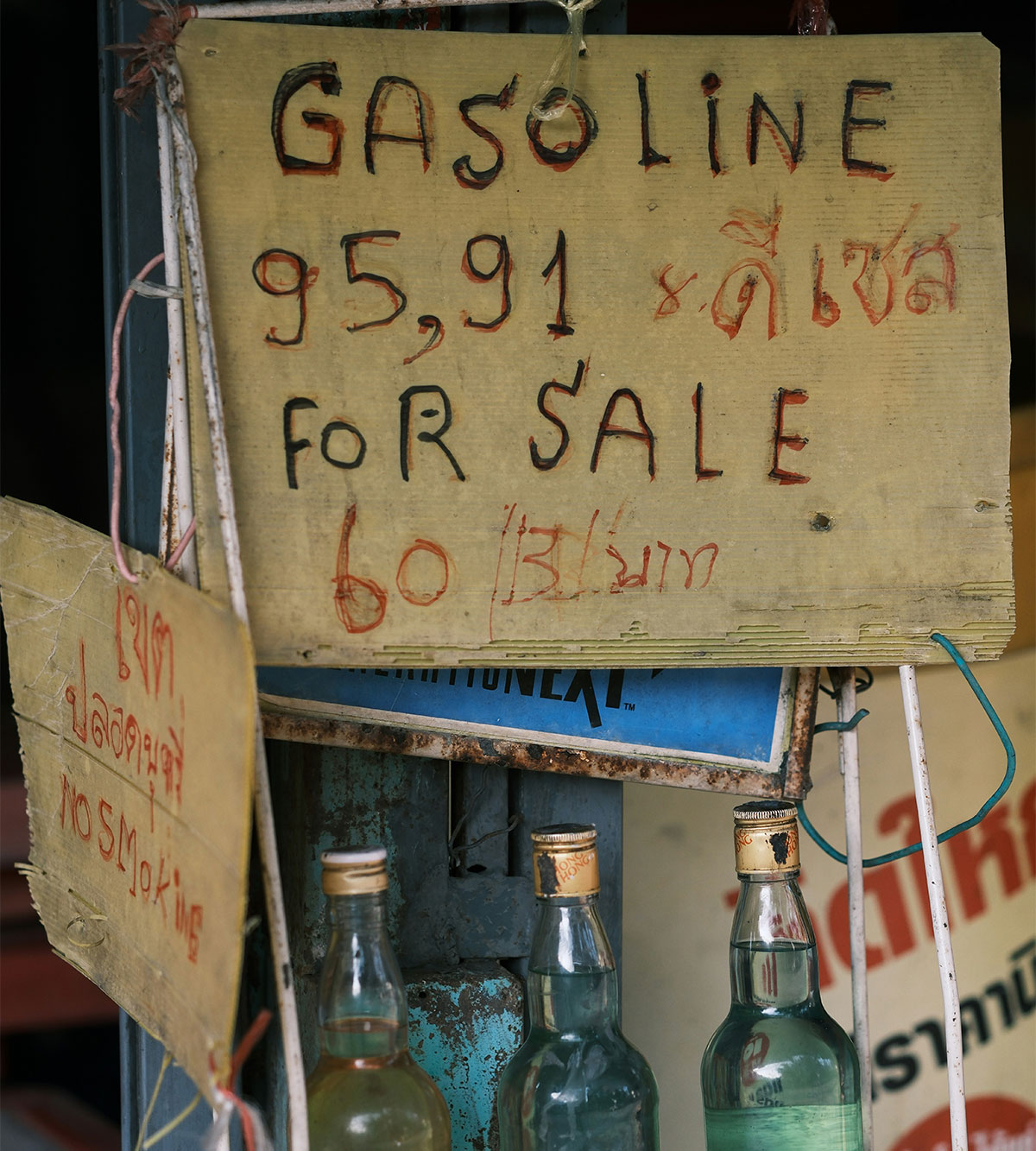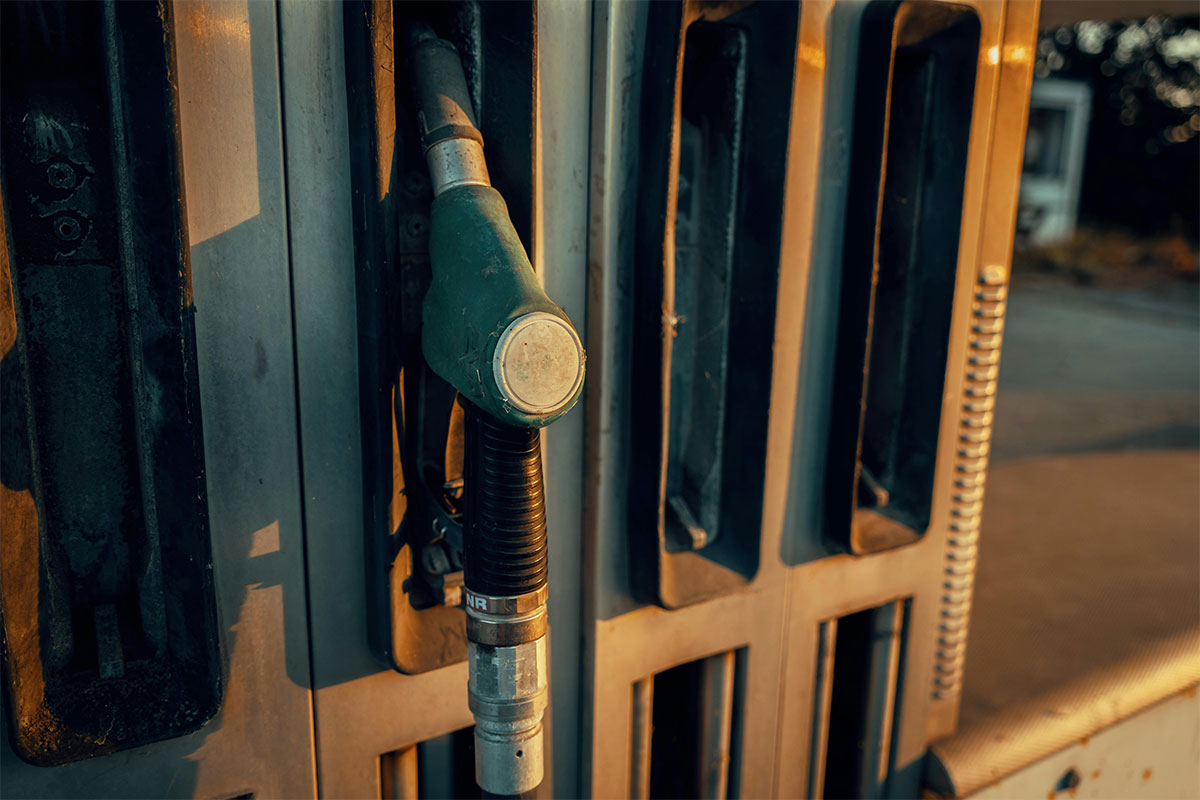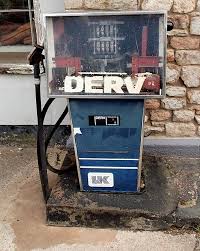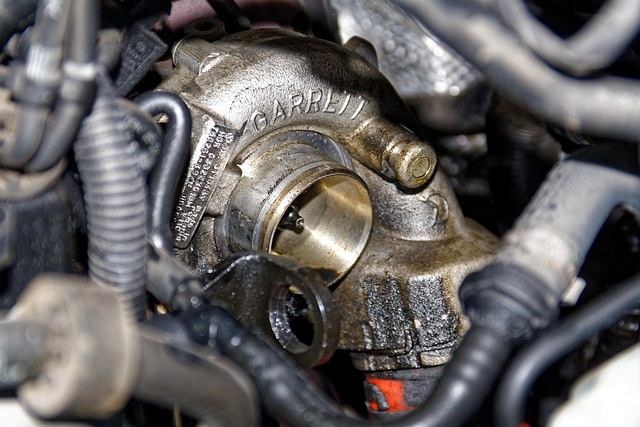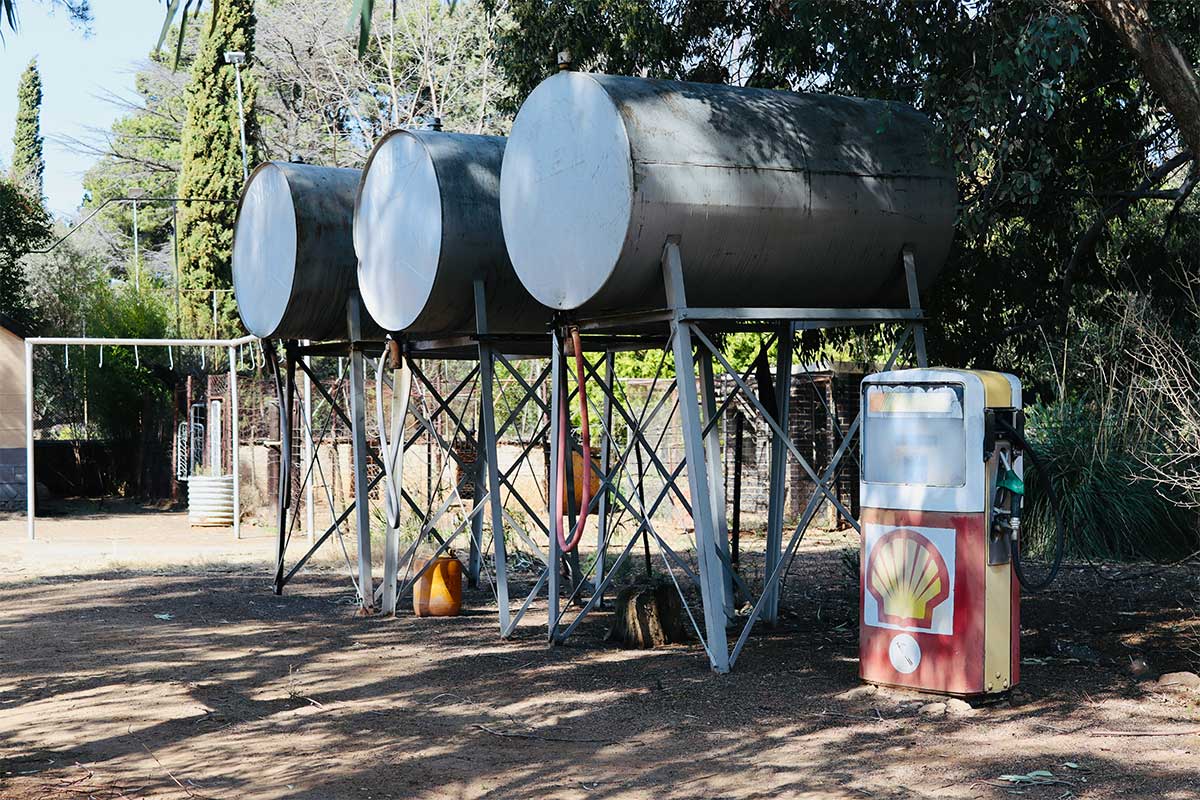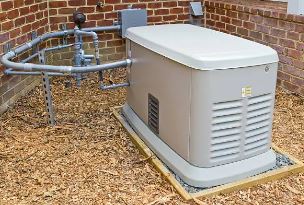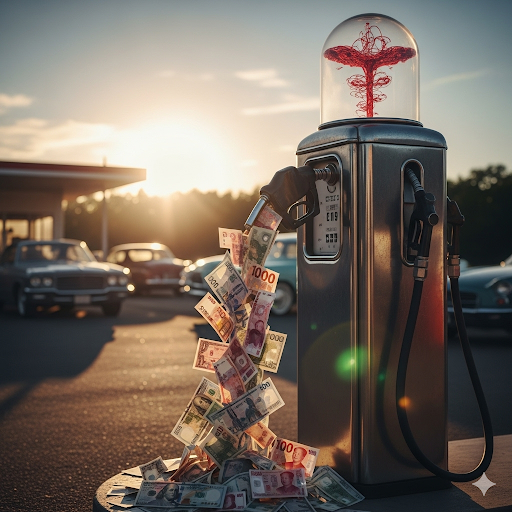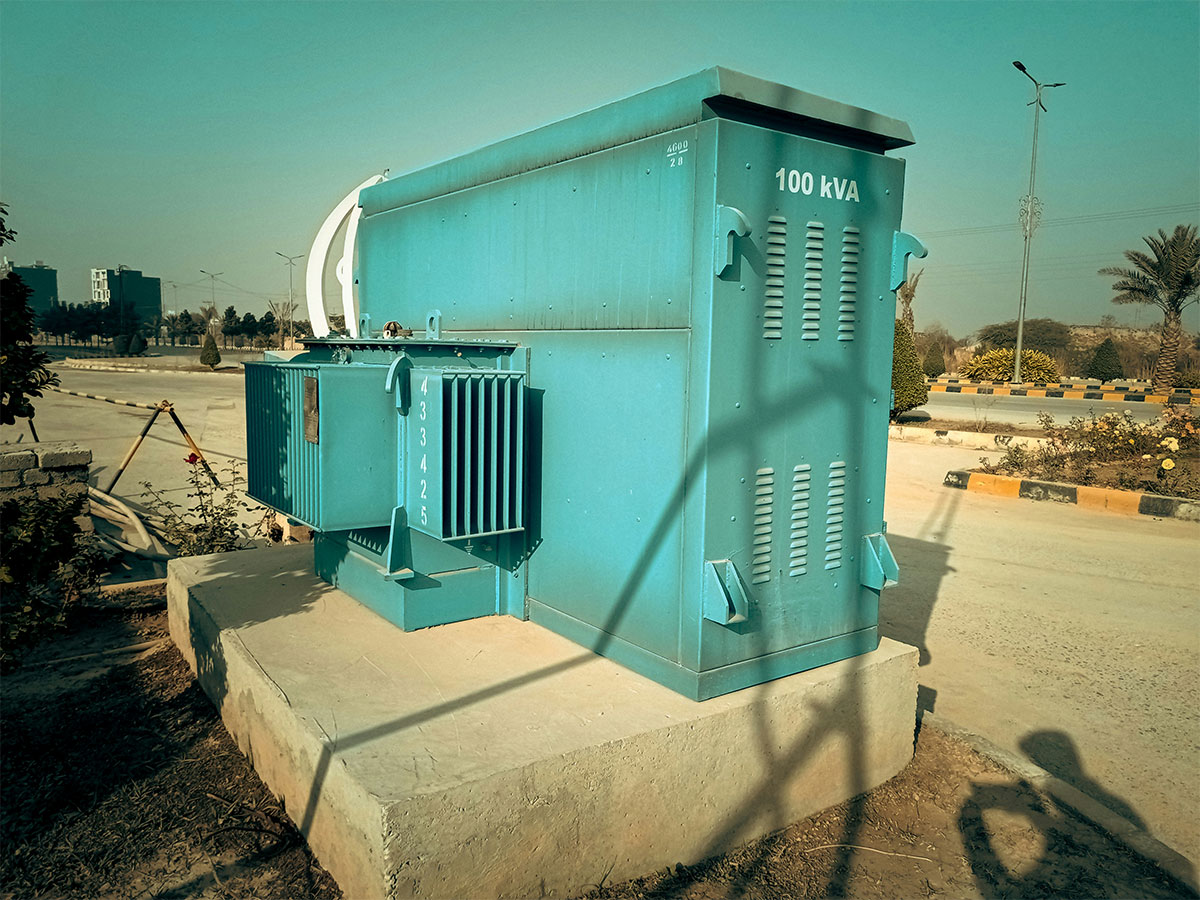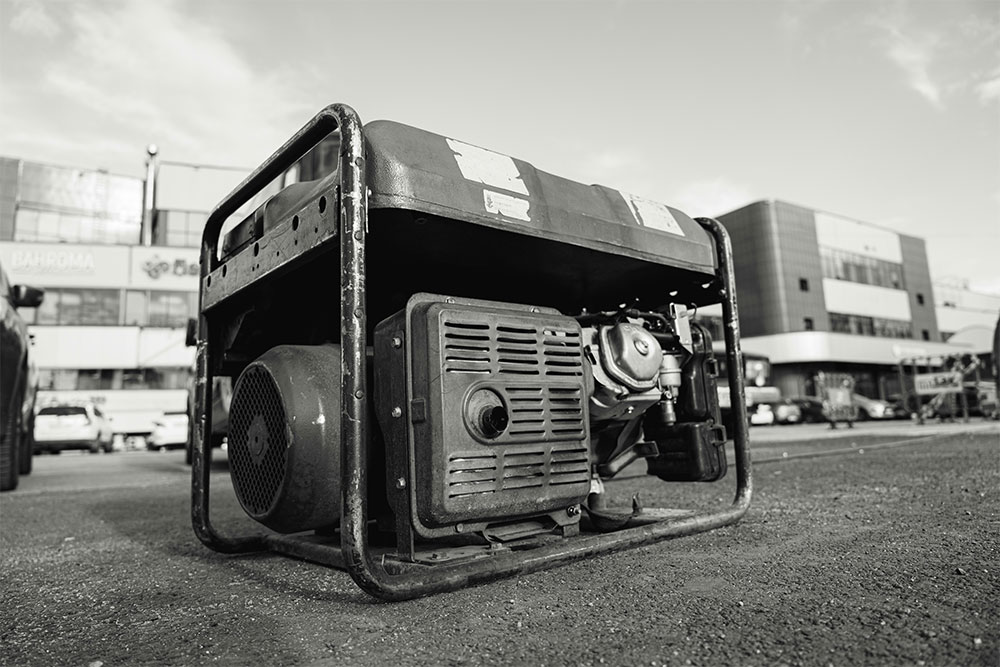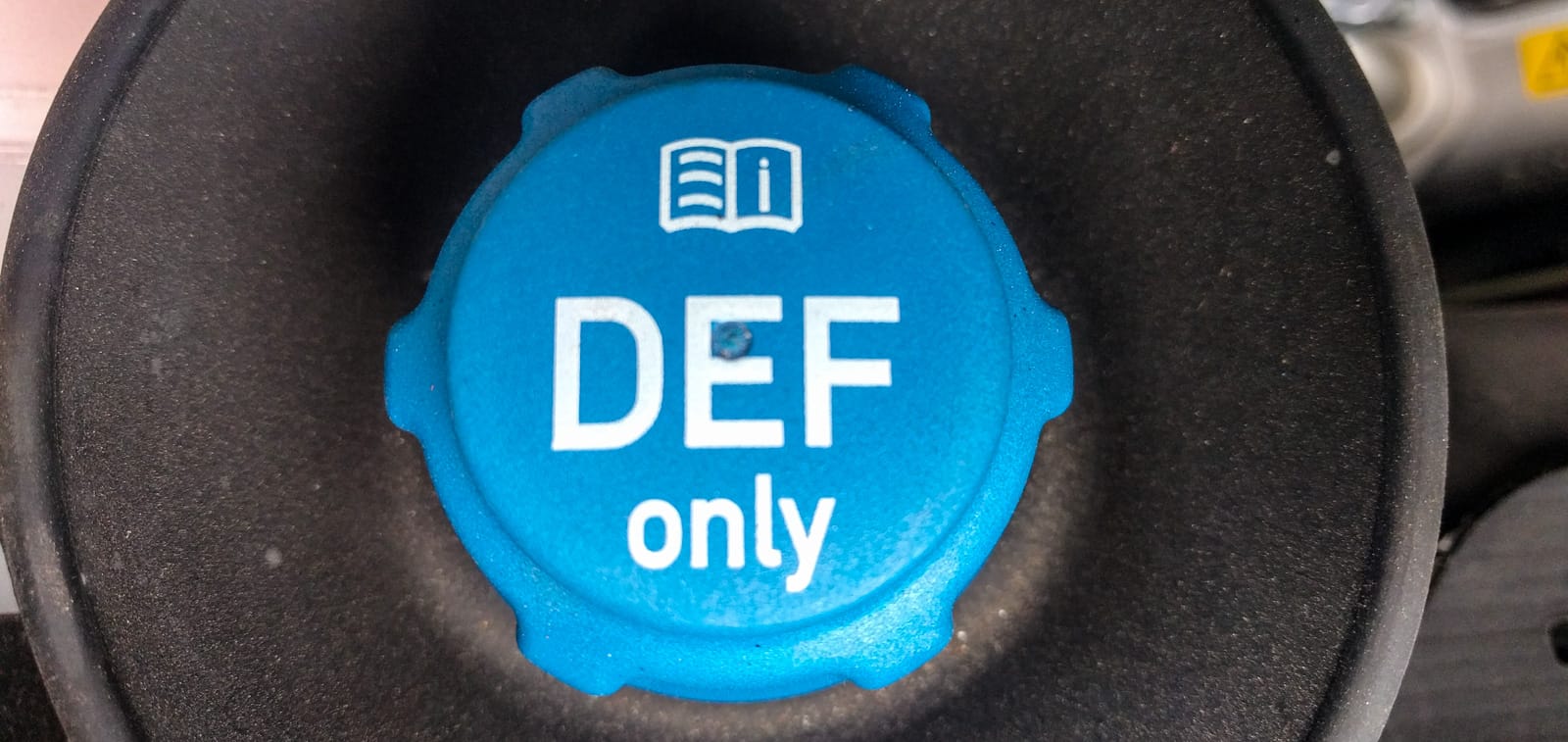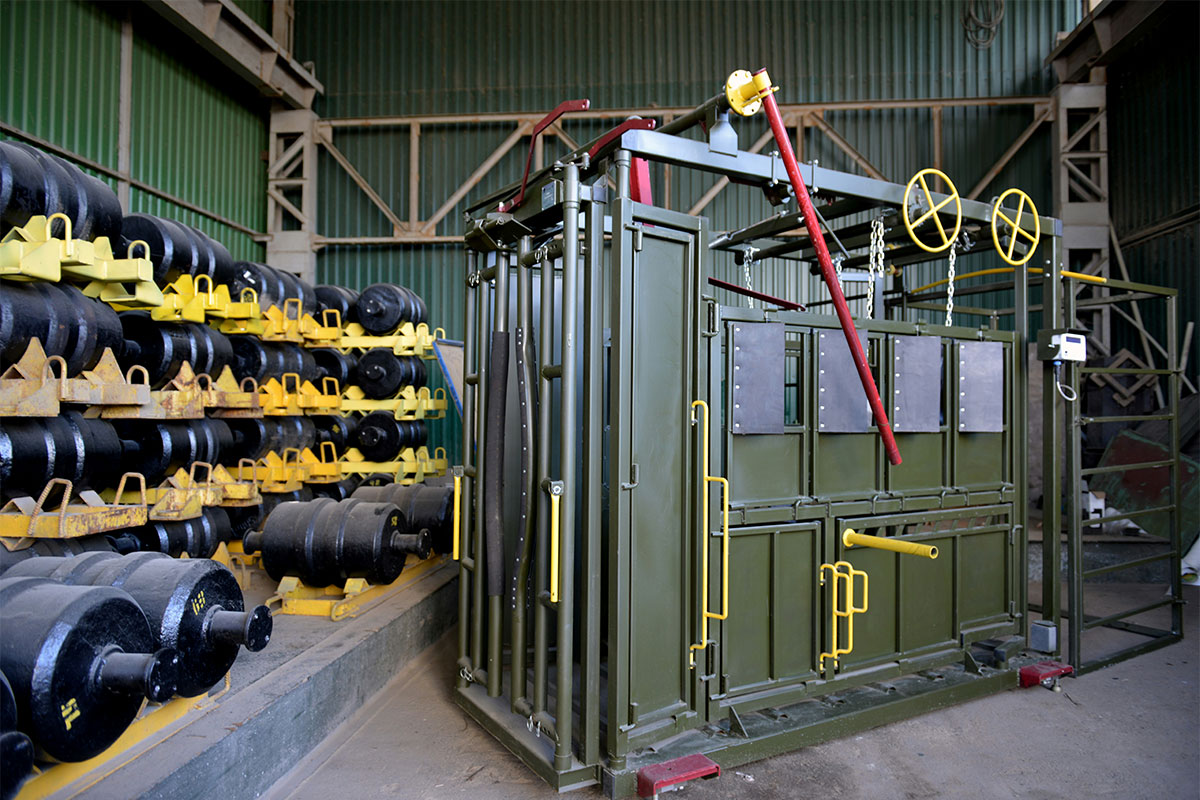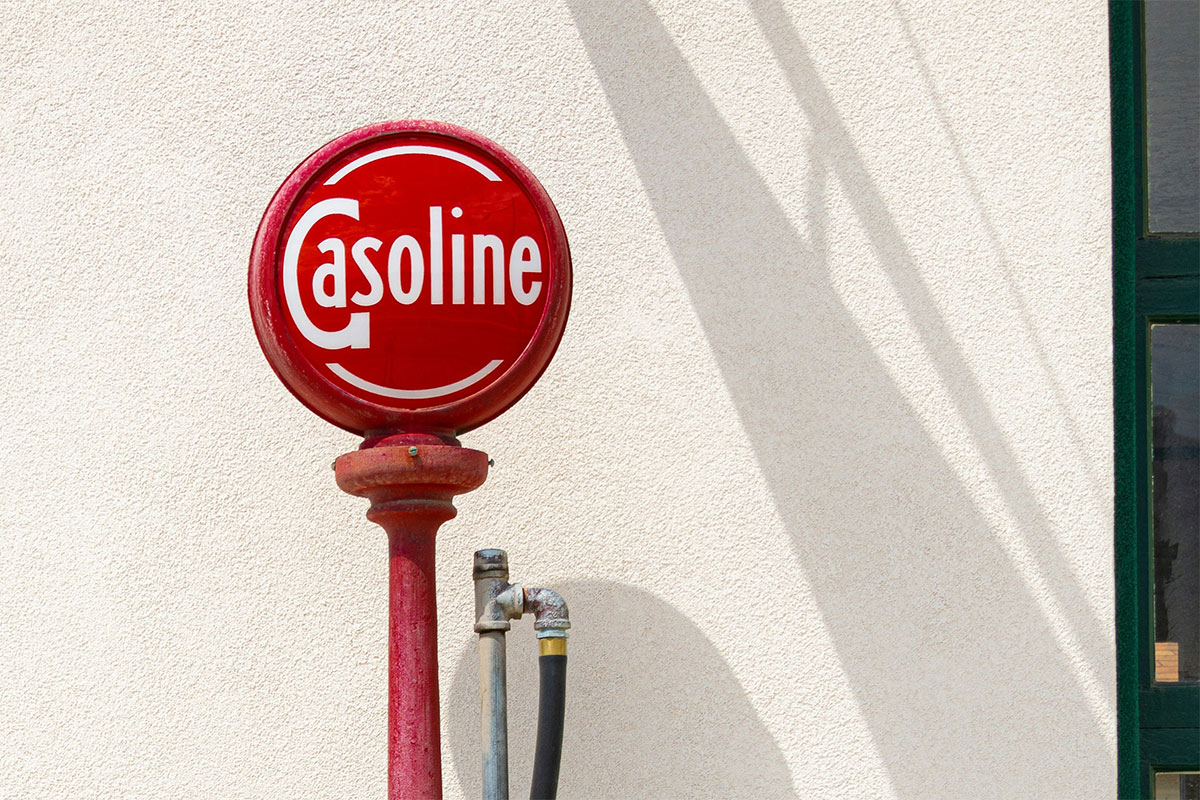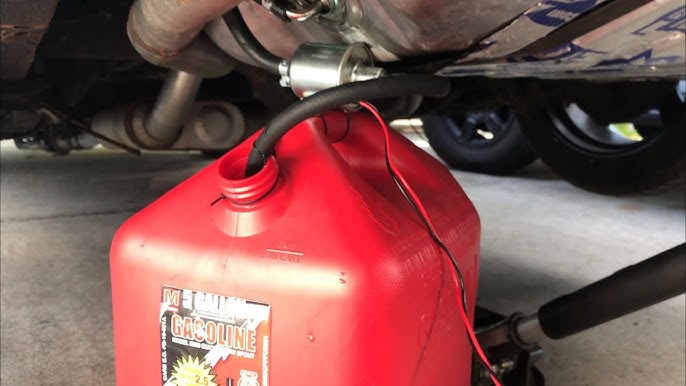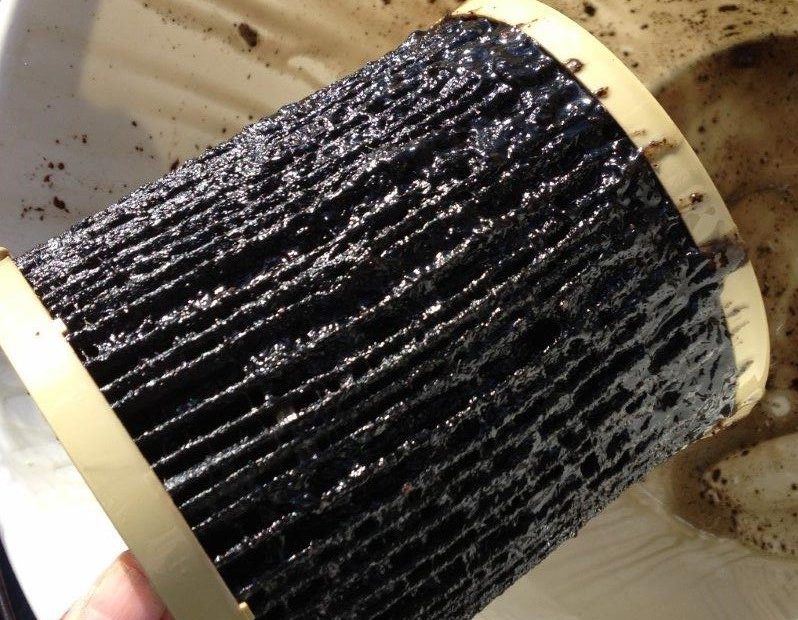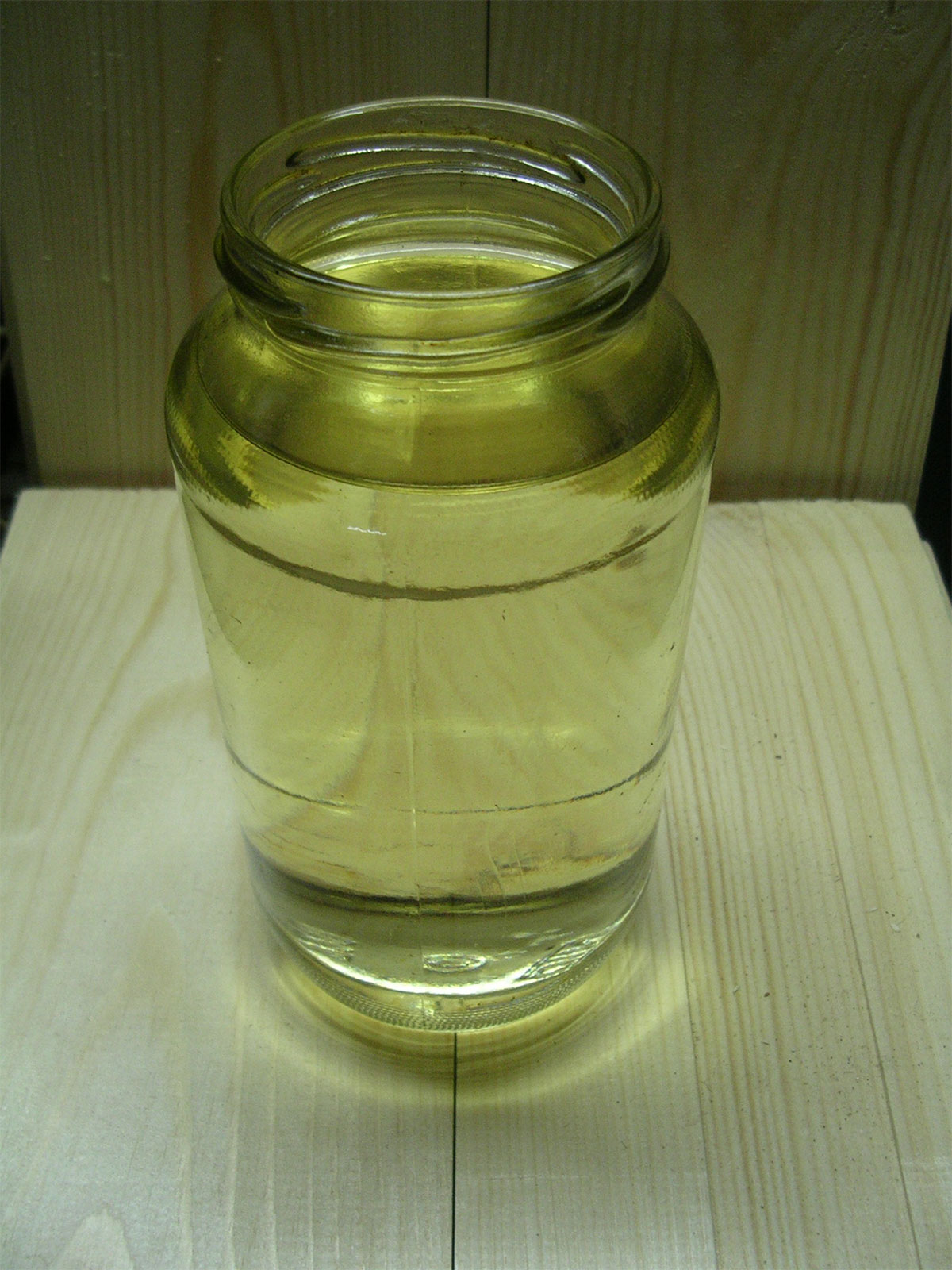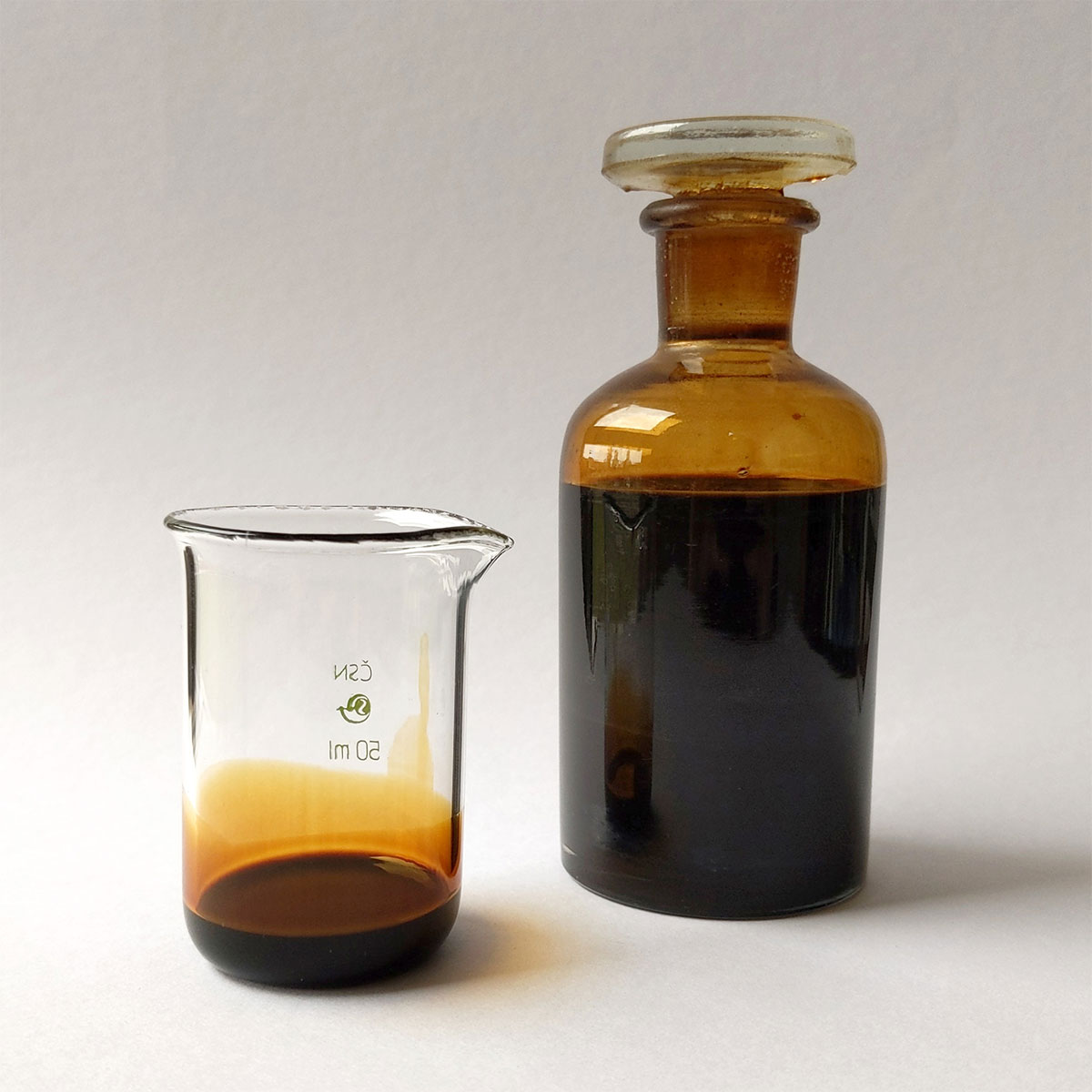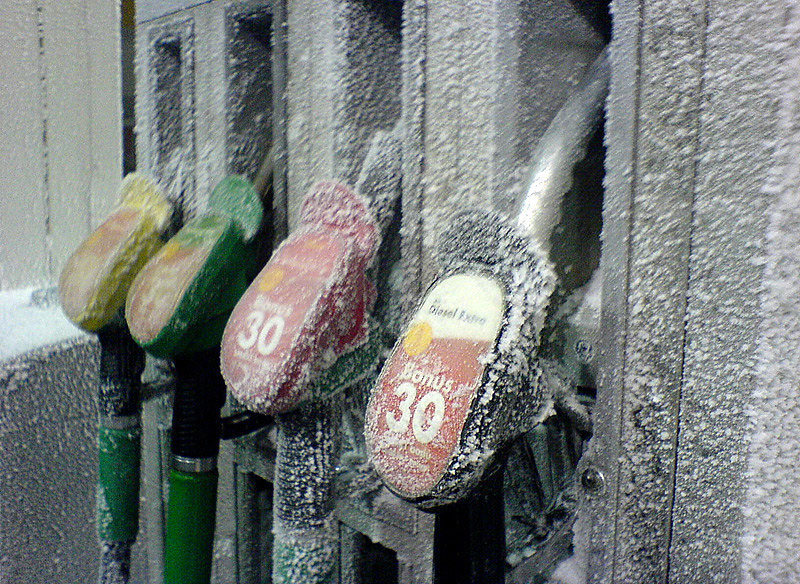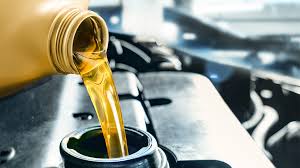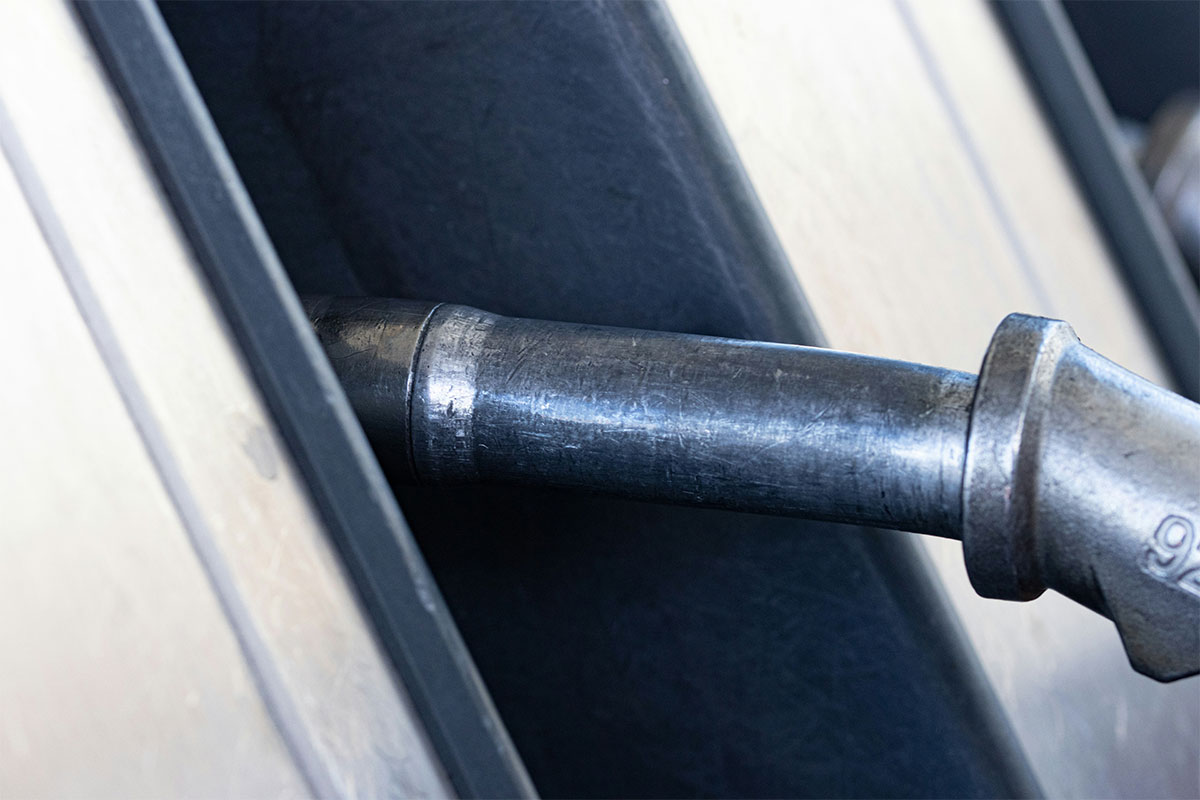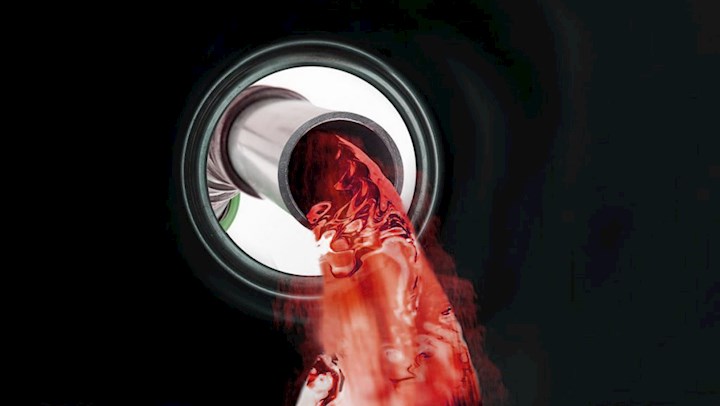Key Takeaways
- Diesel fuel typically gels between 10°F and 15°F, but the exact temperature depends on fuel type and conditions.
- Prevention is critical; use anti-gel additives before temperatures fall below 20°F to keep fuel flowing.
- Gelled diesel rarely fixes itself, so your intervention through heating or fuel treatment is usually required.
- Winter diesel blends and block heaters provide added protection, but proper storage and early treatment are your best defenses.
Table of Contents
What Temp Does Diesel Gel?
It can happen that diesel fuel gels. This happens in cold weather when its paraffin wax content solidifies. Leading to the formation of crystals that cause the fuel to thicken, eventually blocking fuel lines and filters. This happens at the gel point of diesel, which usually between 10°F and 15°F for standard #2 diesel. However, diesel fuel gelling temperature varies depending on the fuel types such as ultra-low sulfur diesel or off-road diesel.
We have to distinguish between the cloud point and gel point. At the cloud point, paraffin wax starts to crystallise, the fuel looks like clouds but it still flows. Meanwhile the gel point is the actual temperature fuel gels, becoming hard and stops flowing entirely.
Several factors affect when diesel gels, including wind chill, engine heat, fuel exposure, and altitude. Even clean diesel can be compromised if left untreated in harsh conditions.
To ensure winter reliability, check your diesel’s gelling point with our fuel analysis kits for worry-free driving. Knowing the temperature diesel starts to gel can prevent cold-weather breakdowns and keep your engine running smoothly
How Cold Does Diesel Gel And What Can You Expect On The Road?
Diesel fuel can gel when temperatures fall below 15F. The symptoms of gelled diesel fuel on the engine are sputtering, hard starting and even stalling. If your acceleration is slow and lagging, your fuel filters are clogged or your fuel lines are frosted, then your diesel fuel is gelling.
At higher heights, air pressure is lower, this can cause diesel to cool faster and humidity too may lead to diesel cooling faster as it promotes condensation in tanks. So elevation and humidity also affect the temperature diesel gels at.
Where fuel is stored can also affect the temperature diesel gels at. In outdoor storage, fuel tanks come in contact with wind chill and cold air, leading to drops in temperature. Whereas in a head garage, temperatures will remain stable, reducing the risk of reaching diesel full gelling temperatures.
Worried About Diesel Gelling This Winter?
When temperatures dip below 15°F, your diesel could start gelling—and your engine could stall without warning. Use our winter prep checklist to stay ahead of breakdowns and downtime.
How Can You Tell When Diesel Fuel Begins To Gel?
These are the signs to watch out for to know when diesel fuel begins to gel;
- The engine responds sluggishly during acceleration or under load
- The engine stalls or misfires after starting in cold weather
- Fuel filters are clogged
- In tanks, you can use a flash light to examine for any signs of gelling
We recommend that you keep some anti-gel tools like portable fuel heaters and filter wrenches for emergency inspections.
What Temp Does Diesel Ungel And Will It Fix Itself?
Diesel fuel will unmelt and return to the normal state when temperatures rise to 20°F to 32° F. The paraffin wax that crystallised and caused the diesel fuel to gel will start to dissolve and fuel flow will return to normal. It is rare for diesel fuel to un-gel on its own, especially if fuel lines and filters got clogged when it gelled.
More often than not, you will have to do something to restore normal fuel flow. This may include warming the vehicle in a heated space, using anti-gel additives and replacing affected filters. If components of the fuel system have been damaged in any way you can’t just wait for the temperature diesel gels at, to pass
If gelled diesel stays in the fuel system for long it can lead to a damaged fuel pump and injector failure. It’s important to take decisive action so as to avoid costly repairs on the engine”
Not Sure When to Add Anti-Gel?
Timing matters. If you wait too long, your fuel could already be forming wax crystals. Learn the ideal temperatures to treat your fuel and which additives work best in your region.
Does Diesel Fuel Gel Differently By Type?
Diesel fuel gels differently depending on its chemical composition. The table below explains the differences
| Diesel Type | Typical Gel Point | Gelling Resistance | Winter Use Case |
|---|---|---|---|
| #1 Diesel | Below -40°F (-40°C) | High (low paraffin content) | Ideal for extreme cold; often blended with #2 diesel |
| #2 Diesel | 10°F to 15°F (-12°C to -9°C) | Moderate | Common for road vehicles; needs anti-gel additives in winter |
| Off-Road Diesel | 10°F to 15°F | Moderate (like #2 diesel) | Used in farm, industrial, and construction equipment |
| Ultra-Low Sulfur Diesel (ULSD) | 10°F to 20°F (-12°C to -6°C) | Slightly lower resistance | Required for modern engines; may need treatment sooner |
These different fuel types have different uses in winter;
#1 diesel is used for trucks, buses and emergency vehicles in winter. Often blended with # 2 diesel to improve performance in cold weather
#2 diesel is the standard for most diesel cars and so they have to blended or be mixed with anti-gel additives to survive winters
Off-road diesel is used to power agricultural machine, construction machines and generators
Ultra low sulfur diesel is used in machine with emission control

What Is The Cloud Point In Diesel And Why Does It Matter?
What is referred to as “cloud point” is the temperature at which wax crystals start forming in diesel fuel. This temperature is between 20F to 32F depending on the fuel type
While the fuel isn’t gelling yet at cloud point, it can clog filters and restrict flow, leading to weaker performance and hard starts.
Cloud point is when issues may start and is indicative that your fuel system will soon attain diesel gelling temperature, where the engine will stop working entirely. Understanding the two is crucial for running your car uninterrupted during winter
What Temperature Do You Need To Add Anti Gel To Diesel?
Ideally, you should add diesel antigel additives before the cloud point that is before 20F, as this is when crystals start forming, increasing the risk of fuel gelling.
It is better to prevent fuel gelling by adding additives at the cloud point so that the fuel remains fluid and the filters and lines do not get damaged.
You can stock up on our top-rated diesel anti-gel additives to winterize your tank against gelling. Act now before it’s too late.
Engine Trouble in the Cold? It Might Be Gelled Fuel.
Hard starts, clogged filters, and slow acceleration are all signs of gelling. We’ll help you spot the symptoms early—and show you how to fix it fast before it damages your engine.
What Is The Best Additive To Keep Diesel From Gelling?
Fuel type, usage habits, and climate are the main components to consider when choosing the best anti-gel additive. Some anti-gel additives include power service diesel fuel supplement, cetane boost, Howes diesel treat, and stanadyne performance formula. These products are combinations of cold flow improvers, cetane boosters, and detergents that prevent diesel fuel gelling while enhancing combustion and performance of the engine.
In choosing an anti-gel additive, you want to make sure it’s compatible with your diesel type, and you want to check the temperature rating, making sure it protects down to -20F or even lower. Those who drive frequently, may have a daily use formula, and those in extreme cold will require heavy-duty winter blends.
You can use additives to prevent wax crystallization before it starts, but in extremely cold weather, it is better to switch to #1 diesel or a winterized blend because these have lower gel temperatures.
To stay ahead and avoid issues relating to cold weather, it is better to treat your fuel before reaching the diesel cloud point. This would ensure optimal fuel flow and prevent damages of the injector and fuel pump while reducing downtime.
How Much Antigel Per Gallon Of Diesel Should Be Used?
These are the usual dosage rates of anti-gel to be used per gallon of diesel;
- 1 ounce of antigel additives per 3-5 gallons of diesel
- For extreme cold, 1 ounce of antigel additive per 1-2 gallons of diesel
It is always necessary to check the product label to know what dosage of antigel is required. For example, Power Service Diesel Fuel Supplement suggests 16 ounces treat 40 gallons of diesel.
Antigel additives when added to diesel fuel must be done so in the right dosage. In case of under dosage the additives will not work and the fuel will gel and for over dosage there a risk of the additive creating a buildup overtime in the engine.
Will Diesel Gel While Driving?
It is not impossible for diesel to gel while the vehicle is still driving. However, it is very unlikely as heat from the engine and fuel return system keeps the diesel warm enough to delay gelling. The car’s motion and airflow can also reduce exposure to cold.
However, if you’re driving in temperatures below-15F, without having treated your fuel with antigel additives, cold air can cause the formation of wax crystals in fuel lines or filters that are exposed
During down time when the vehicle is left to idle and the engine cools off, fuel can reach the diesel gel point very rapidly. Causing hard starts and even complete failure of the engine.
Does A Block Heater Keep Diesel Fuel From Gelling?
In freezing conditions, a block heater warms the engine block and coolant, maintaining engine temperature and avoiding hard starts in cold weather. It doesn’t directly heat the fuel tank but it keeps fuel lines and injectors warmer, thereby limiting the possibility of diesel gelling.
To get better protection combining a block heater with a fuel heater or tank warmer which directly targets diesel fueling gelling temperature in engines and storage.
You can also install a block heater with timers or thermostats and weatherproof cords in colder regions. To be ready to face the cold winter, just winterize your engine and fuel system.
What Temperature Should I Plug My Diesel Truck In?
The best time to plug in your diesel truck’s block heater is when the temperatures have dropped below 32F. This way you reduce the risk of diesel fuel gelling and you prevent hard starts. In colder climates, you can plug it in overnight to make sure it stays warm, thereby increasing battery performance and ensuring smooth ignition in the morning.
In the winter when vehicles stay idle for several hours, block heaters are even more useful. To get the best out of them, it’s best to use a timer and activate it to start 2 to 4 hours before the time you need to use the car for optimal efficiency. If you use block heaters regularly during winter your car will be protected and its overall life will be extended.
Does Winter Blend Diesel Gel?
Winter blend diesel is a particular fuel gotten by adding #1 diesel or cold flow additives into #2 diesel. Given that #1 diesel has a lower gel point, this blend is more resistant to the crystal formation of wax and to the clogging caused by gelling.
Winter blends are made to resist extremely low temperatures. However, if the blend isn’t properly matched with the environment, extreme weather may still cause problems for the engine.
The best practice to ensure maximum protection during winter is to switch to a winter blend in late fall before the temperatures fall below 32°F and consider adding antigel treatment to the blend when conditions worsen. If you time the switch a well, your diesel system will be without hiccups all winter.

